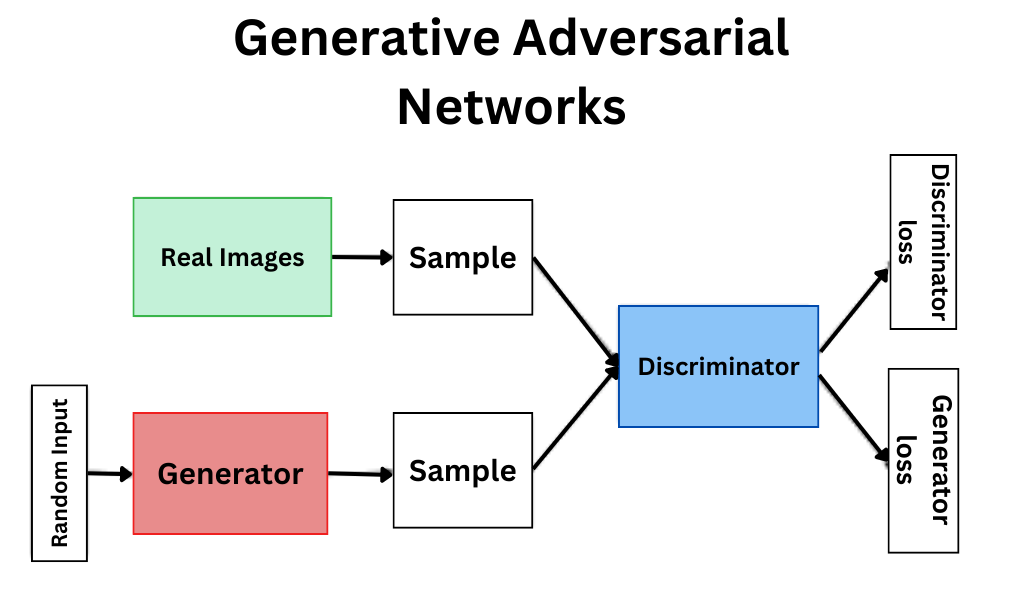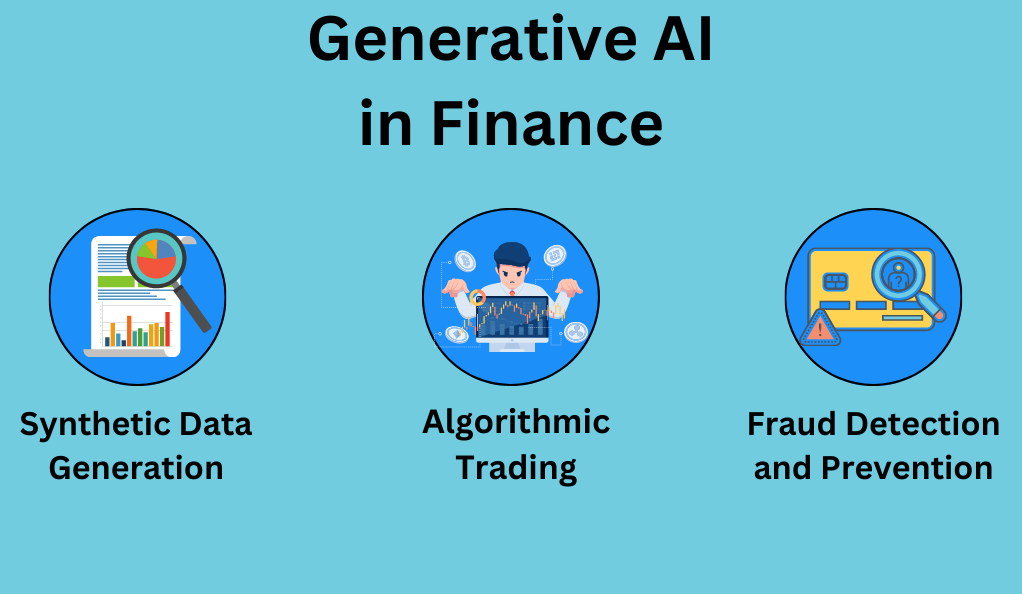Generative Adversarial Networks: The Art of AI
Generative Adversarial Networks, commonly known as GANs, have revolutionized the world of artificial intelligence. From generating realistic images to enhancing the quality of data, GANs have become a cornerstone in the AI community. This article delves deep into the intricacies of GANs, their applications, and the ethical considerations surrounding them.
Introduction to Generative Adversarial Networks
Generative Adversarial Networks (GANs) are a class of machine learning algorithms that have gained immense popularity in recent years. They consist of two neural networks, the Generator and the Discriminator, which work against each other, hence the term “adversarial.” GANs have opened up new possibilities in the realm of AI, from creating artwork to simulating realistic data for various industries.
The beauty of GANs lies in their adversarial setup. The constant competition between the Generator and the Discriminator ensures that the generated data becomes increasingly refined over time. This iterative process has allowed GANs to produce results that were once thought impossible for machines.

How GANs Work
- The Generator
This network takes random noise as input and produces data (like images). Over time, the Generator learns to create data that closely resembles real-world examples. It’s like an artist trying to perfect their craft, constantly tweaking their work based on feedback. - The Discriminator
It evaluates the data from the Generator and determines whether it’s real or fake. Think of the Discriminator as an art critic, discerning the authenticity of the artwork. As the Generator improves, the Discriminator must become more astute in its evaluations.
The dance between these two networks is what makes GANs so powerful. As they train together, they push each other to improve, leading to the generation of high-quality data.
Applications of GANs
- Image Generation
GANs can produce high-resolution and realistic images. Artists and designers are using GANs to create unique artworks, while industries leverage them for advertising and product design. - Data Augmentation
In industries like healthcare, where data is scarce, GANs can generate additional data for training other machine learning models. This synthetic data can bridge the gap when real-world data is limited, ensuring models are well-trained and accurate. - Style Transfer
GANs can transform images in a specific artistic style, making them invaluable for graphic design and entertainment. From converting photos into famous painting styles to creating themed content, the possibilities are vast.
Advancements in GAN Technology
With the rapid evolution of AI, GANs have seen numerous advancements. Improved training techniques, the introduction of new architectures, and the integration of other machine-learning algorithms have made GANs more efficient and versatile. These advancements have expanded the potential applications of GANs, making them a hot topic in AI research.
Furthermore, the AI community is continuously working on optimizing GANs for various tasks. From reducing training times to ensuring consistent output quality, researchers are pushing the boundaries of what GANs can achieve.
Challenges in GAN Implementation
Despite their potential, GANs come with challenges. Training instability, mode collapse, and the requirement for large datasets are some of the obstacles faced by developers. These challenges can hinder the effectiveness of GANs, making it crucial for developers to be aware and proactive in addressing them.
Moreover, the adversarial nature of GANs, while being their strength, can also be a source of these challenges. Ensuring that the Generator and Discriminator are balanced and neither overpowers the other is a delicate task, requiring careful tuning and monitoring.
Ethical Considerations in GAN Usage
- Deepfakes
GANs can produce realistic videos, leading to the creation of misleading content. Deepfakes have raised concerns in the realms of politics, entertainment, and news, as they can be used maliciously to spread misinformation. - Data Privacy
Generating data that resembles real-world data can lead to privacy concerns. While the data is synthetic, if it closely mirrors real individuals or scenarios, it can raise ethical dilemmas about consent and misuse.
GANs in Healthcare
In healthcare, GANs are used for medical imaging, drug discovery, and simulating patient data. They hold the promise to revolutionize medical diagnostics and treatment plans. For instance, GANs can enhance medical images, making it easier for doctors to diagnose conditions early.
Moreover, by simulating patient data, GANs can aid in research without compromising patient privacy. This synthetic data can be invaluable for testing new treatments or understanding disease patterns.
GANs in Finance

Financial institutions are exploring GANs for fraud detection, credit scoring, and algorithmic trading. By harnessing their power for predictive analytics, GANs can help in making more informed financial decisions. For instance, they can simulate market scenarios, aiding traders in strategizing their moves.
Furthermore, in the realm of credit scoring, GANs can assist in understanding potential risks associated with lending, ensuring that financial institutions make sound decisions.
GANs in Entertainment
From creating virtual characters to enhancing video game graphics, GANs are reshaping the entertainment industry. Game developers are using GANs to generate realistic environments, while filmmakers leverage them for special effects, reducing the need for expensive and time-consuming manual work.
Moreover, in the music industry, GANs are being explored for creating tunes or enhancing sound quality, opening up new avenues for creativity and innovation.
Future of GANs
With continuous research, the potential applications of GANs are limitless. They are expected to play a pivotal role in personalized marketing, smart cities, and more. As technology evolves, GANs might become an integral part of our daily lives, influencing how we consume content, make decisions, and interact with the digital world.
Furthermore, as industries recognize the potential of GANs, we can expect increased investment in research and development, leading to even more innovative applications and solutions.
Conclusion: The Transformative Power of GANs
In the ever-evolving landscape of artificial intelligence, Generative Adversarial Networks stand out as a beacon of innovation and potential. Their unique adversarial structure, which pits two neural networks against each other, has paved the way for breakthroughs in various industries, from healthcare to entertainment. As with any powerful tool, GANs come with their own set of challenges and ethical considerations. It’s imperative for researchers, developers, and users to approach them with a sense of responsibility, ensuring that their applications benefit society at large without compromising on ethical standards. The future of GANs is undeniably promising, and as we continue to harness their capabilities, they are poised to redefine the boundaries of what’s possible in the realm of AI.
FAQs
A GAN consists of two main components: the Generator, which creates data, and the Discriminator, which evaluates the authenticity of that data.
GANs are unique because they involve two networks training simultaneously in an adversarial manner, unlike traditional algorithms that focus on minimizing error.
Yes, GANs can be used to create misleading content like deepfakes, and there are also concerns about data privacy.
GANs are being used for tasks like medical imaging, simulating patient data, and drug discovery, paving the way for improved patient care.
Yes, financial institutions are exploring GANs for predictive analytics, including fraud detection and algorithmic trading.
